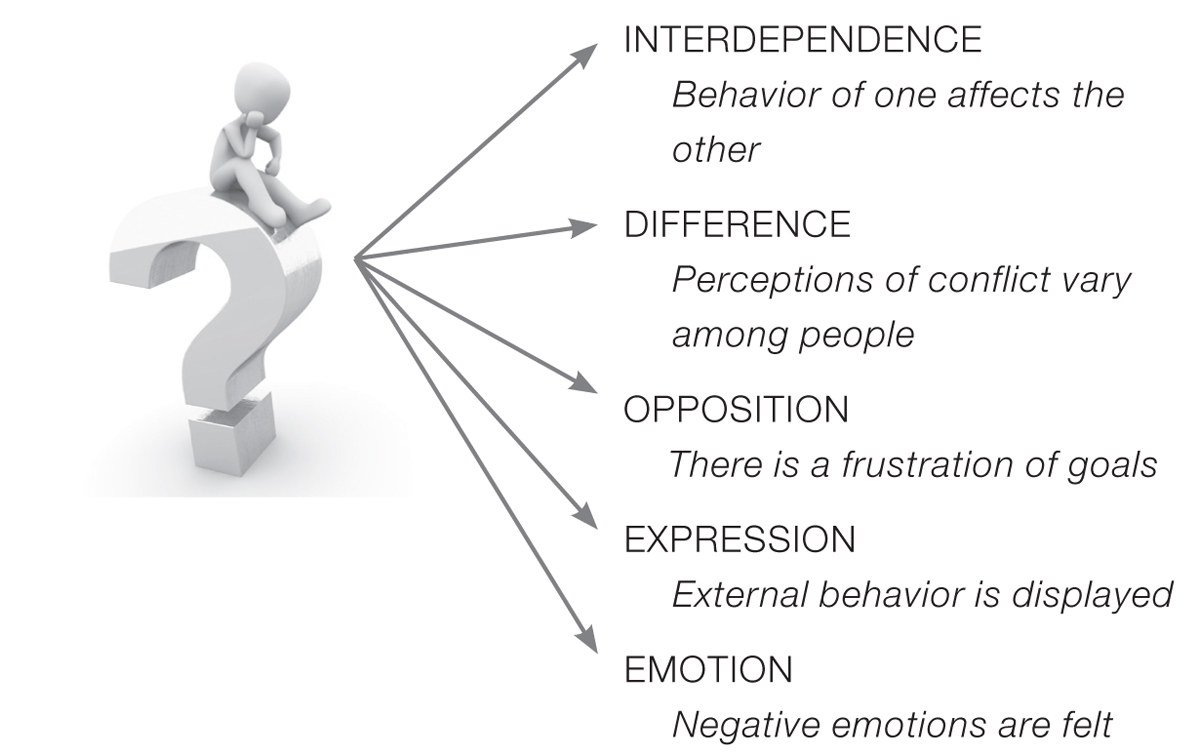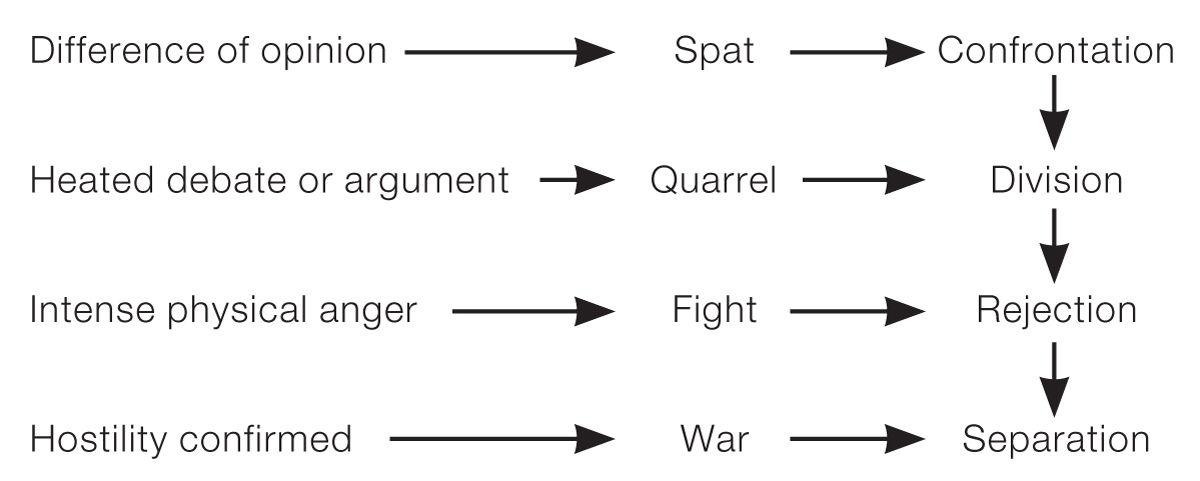

A mother can’t seem to get her teenaged daughter to obey the rules. The daughter rebels and doesn’t come home when she should. The mother continues to yell at her and to send her to her room. The cycle continues because no one seems to know how to get to the heart of the issue.
An employee hates his boss. He loathes coming to work in the morning, and his attitude is slowly worsening. His boss feels like every effort has been made to solve the problem, but he’s not exactly sure what the real issue is. The employee has never taken the time to pinpoint what the real trouble is either.
The city council meetings seem to be getting more tense every month. Conflict abounds, and the town appears to be polarized. When one group supports a project, the other group inevitably opposes it. The verbal bashings at the microphone escalate as each side states their views. As emotions escalate, everyone seems to lose sight of what the real issues are.
The nation seems to be more and more divided as each year passes. Republicans and Democrats continue to argue over issues that are emotionally volatile and extremely heated. As the debates escalate, the real issues are often neglected as emotions rise. Each side is very passionate about their views and willing to take a strong stand on what they feel is important for the nation and what is not.
One country values democracy while another maintains the value of autocratic rule. Other countries step forward with their own values and beliefs and join in the conflict. As the tensions grow and countries maintain their willingness to fight and die for what they value, war talk begins. Oftentimes there are more issues than one on the line when conflicts escalate to fighting. Identifying all of those issues and finding agreement on what the issues really are isn’t easy. In fact, sometimes it’s downright impossible.
Identifying Conflict
The level of conflict you may face will vary from mild to extreme. Have you ever been in the midst of a conflict and lost sight of what the real issue was? Maybe you were never really sure of what the true issue was in the first place. True conflict resolution requires that you focus on the actual issue and then find viable solutions to solve the problem.
Conflict can exist at a minor level on a minor issue or it can exist on a large-scale level on a major issue. Conflict can fall somewhere in-between as well. Focusing on understanding what the particular conflict is all about can be done by looking at five major areas of conflict. Choose one that most generally represents a current conflict you’re facing. Generally, as conflict moves from intrapersonal to intergroup, it becomes more severe.
FIVE ELEMENTS IN ALL CONFLICTS

Escalating Conflict Levels
Once you’ve determined where your conflict resides, you can focus on pinpointing the real issues. This is the process of finding the issue without focusing on the emotions. Are you dealing with a space conflict or a schedule conflict? Is the conflict related to methods or procedures? Is it a result of personal preferences, traditions, customs, values, or beliefs? In the chart on the next page, choose the one that most represents the specific conflict you are currently facing.
As you discover what the issue really is, you’ll also discover there are various levels of conflict. Conflict may start as a mere difference of opinion, which can be categorized as a “spat.” A spat normally leads to confrontation. If escalated and unresolved, the spat can lead to a heated debate or argument. This can be categorized as a “quarrel.” This level of conflict often leads to division. If escalated further and left unresolved, it can lead to intense physical anger, which can result in a “fight.” This often results in rejection. On a large-scale level, when this further escalates to having the hostility confirmed, it leads to “war,” which results in ultimate separation.
VARIOUS LEVELS OF CONFLICT

Once you’ve pinpointed the real issue, you can take steps to resolve the conflict. Whether the conflict is on an interpersonal level or at an intragroup level, the real issue must be examined before resolution can ensue. The next chapter provides three basic approaches to resolving conflicts.
POINT TO PONDER
Research on problem-solving indicates that the effectiveness of solutions increases 85 percent once the true problem has been identified. For these reasons, consider spending most of your time identifying and analyzing the problem. Resolution will emerge effortlessly once a well–defined problem has been mutually identified by all interested parties.
KENNETH CLOKE